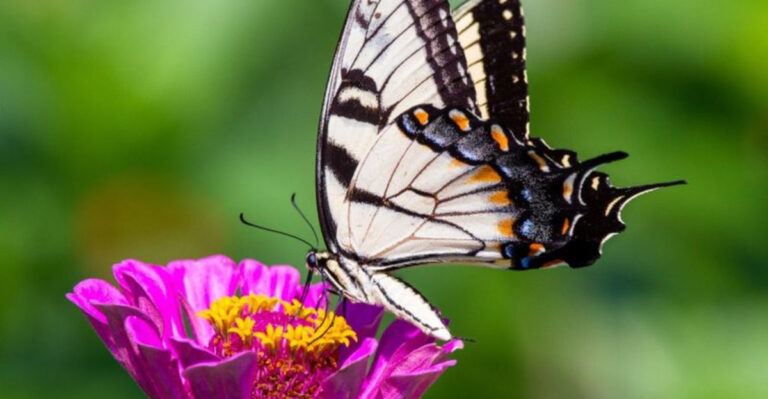Invasive Asian Needle Ants With Painful Stings Are Spreading Fast Across The U.S.
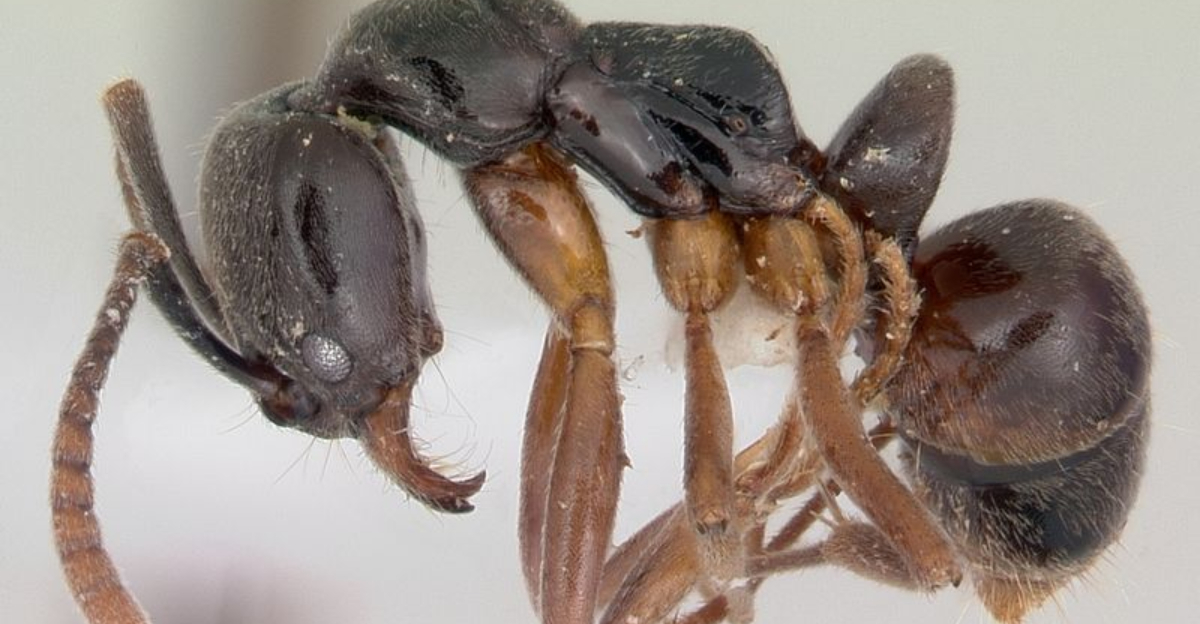
A tiny but mighty invader is silently marching across America. The Asian needle ant, known for its painful sting and aggressive nature, has been steadily expanding its territory in the United States.
These unwelcome visitors pose serious threats to our native ecosystems, pets, and even human health as they establish new colonies from coast to coast.
1. They’ve Spread To Over 20 U.S. States
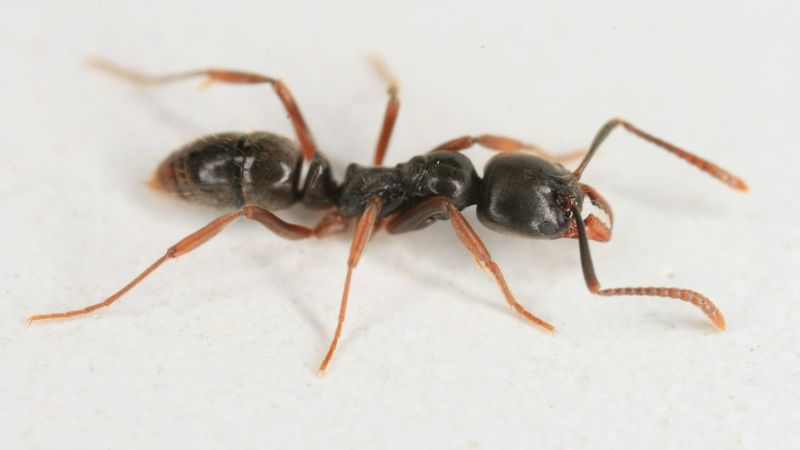
Starting as a small invasion in the Southeast, these persistent insects now inhabit at least 20 states. The infestation began in North Carolina but quickly expanded throughout the Mid-Atlantic region.
Scientists tracking their movement have documented colonies as far west as Oregon and Washington. Their rapid spread shows no signs of slowing, concerning both researchers and residents in newly affected areas.
2. Their Stings Can Be Dangerous – Even Fatal
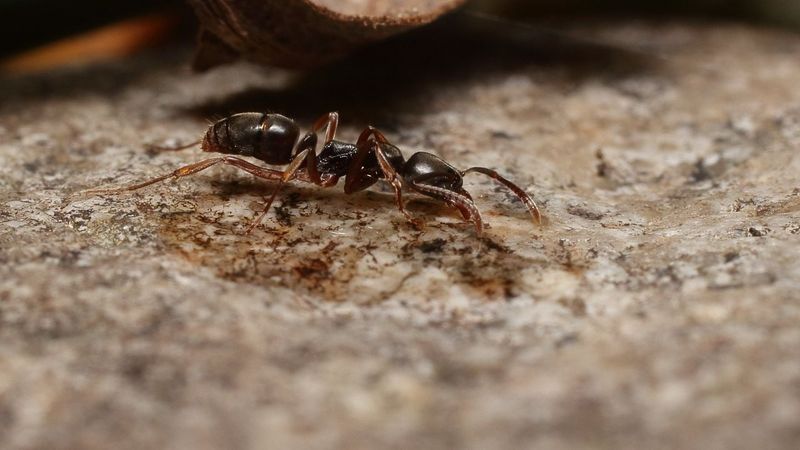
Unlike common household ants, needle ants pack a powerful punch. Their venom contains compounds that can trigger severe swelling, intense pain, and redness lasting several days.
For approximately 5% of the population with insect venom allergies, a single sting might cause anaphylaxis—a life-threatening reaction requiring immediate medical attention. Symptoms include difficulty breathing, dizziness, and rapid heartbeat.
3. They Thrive In Urban And Suburban Areas
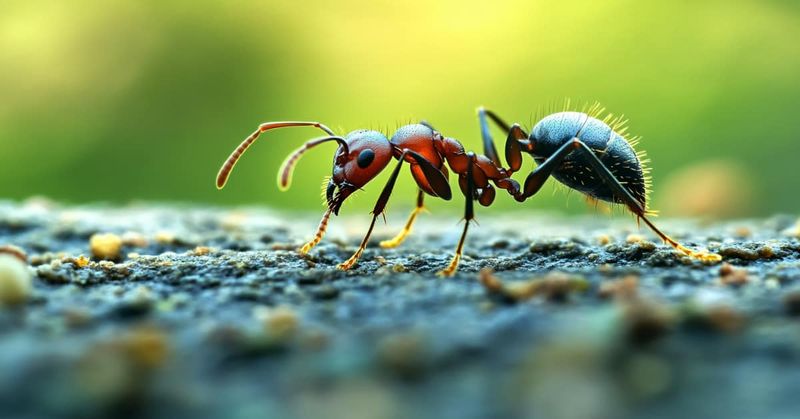
Your backyard might be the perfect home for these unwanted guests. Asian needle ants don’t need pristine wilderness to flourish—they actually prefer disturbed habitats common in residential areas.
Flower beds, mulched gardens, and patio cracks provide ideal nesting spots. They’re particularly fond of moist environments near foundations, under stones, or beside sidewalks where they can establish colonies while remaining largely unnoticed by homeowners.
4. They Compete With – And Kill – Native Ants
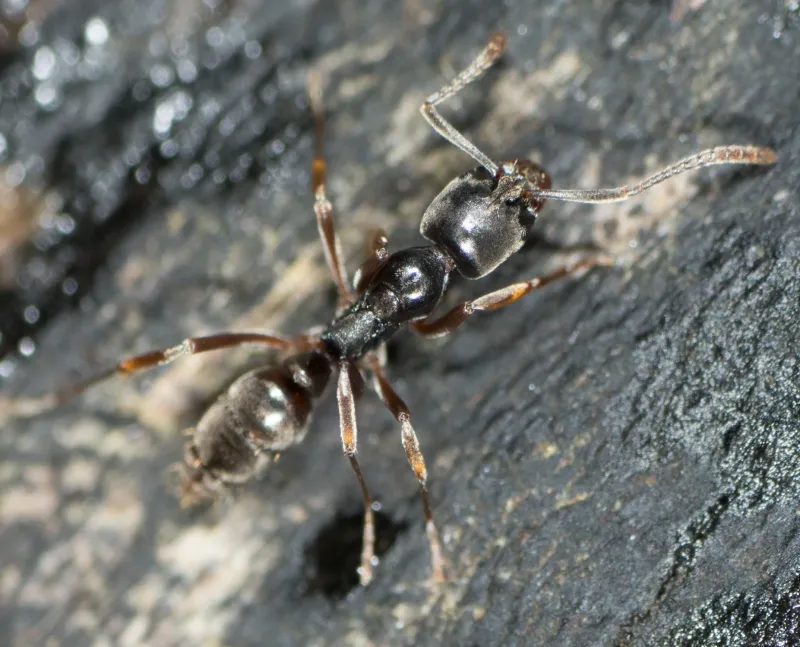
Native ant populations face a formidable enemy in these aggressive invaders. Asian needle ants don’t just compete for resources—they actively hunt and eliminate native species, particularly odorous house ants common throughout America. Research shows areas with established needle ant colonies experience up to 90% reduction in native ant diversity. This disruption extends beyond ants, affecting plants that depend on native species for seed dispersal and soil health.
5. They’re Active Earlier In The Year Than Other Ants
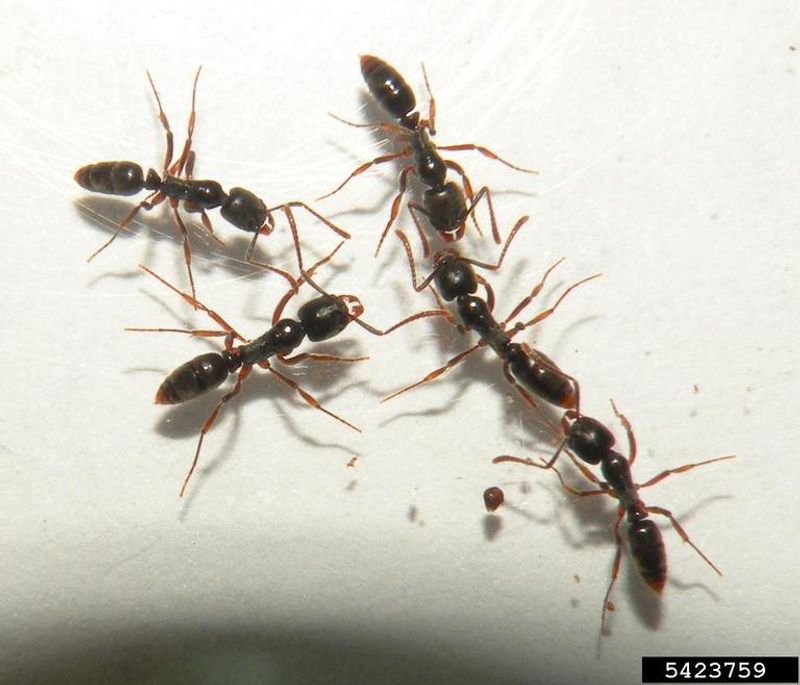
While most native ants remain dormant during cooler months, Asian needle ants gain a strategic advantage by emerging as early as February. This head start allows them to secure prime nesting locations and food sources before competition awakens.
Their cold tolerance enables foraging in temperatures as low as 50°F—conditions that keep most other ant species inactive. By the time summer arrives, their colonies are already well-established and difficult to control.
6. Their Stings Hurt More Than Fire Ants To Some People
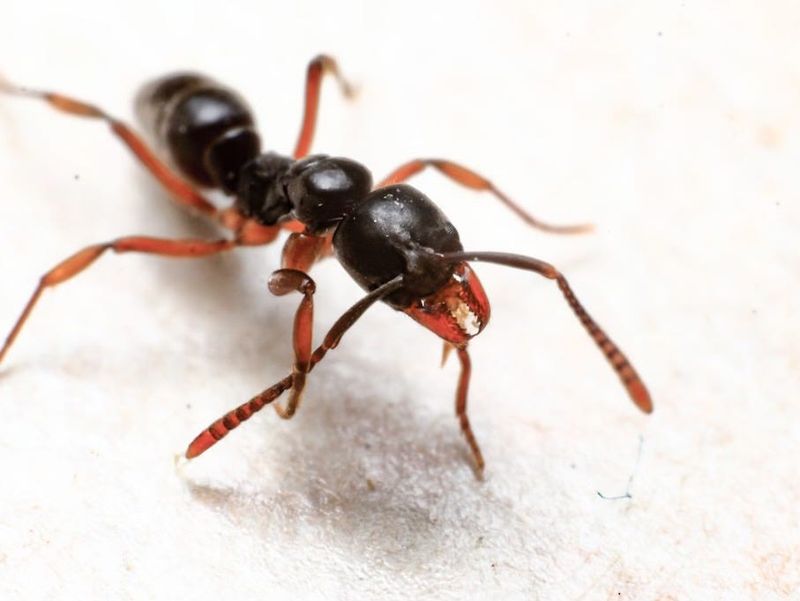
Victims often describe the pain as an immediate sharp burning sensation followed by intense throbbing. Many compare it to being stabbed with a hot needle—hence their appropriate name.
Surprisingly, studies show some individuals rate needle ant stings as more painful than notorious fire ant attacks. The discomfort typically lasts longer too, with localized pain continuing for up to 72 hours in many cases.
7. They Can Invade Homes Unnoticed
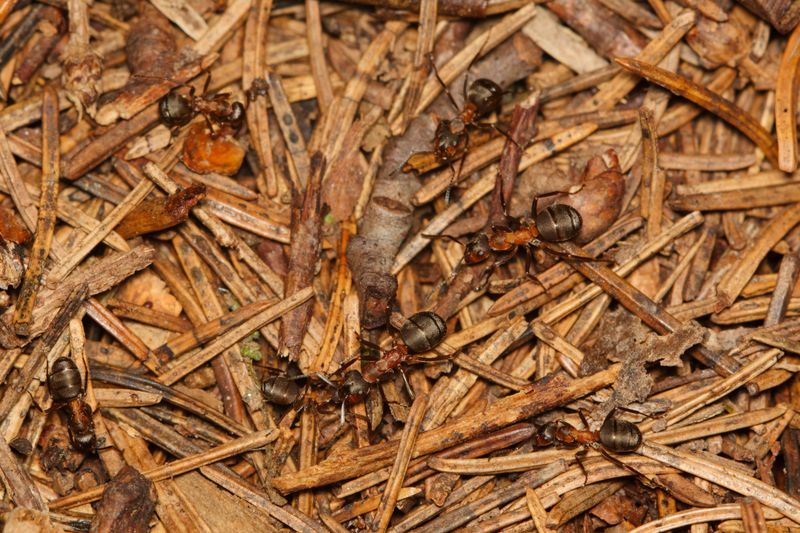
Stealthy and persistent, these tiny invaders often enter homes through the smallest openings around windows, doors, and foundation cracks. Unlike some ants that form visible trails, needle ants frequently travel alone or in small groups, making detection difficult.
Once inside, they establish nests in wall voids, beneath appliances, or near water sources. Many homeowners remain unaware of an infestation until accidentally disturbed ants deliver painful stings.
8. Identification Isn’t Easy Without A Close Look
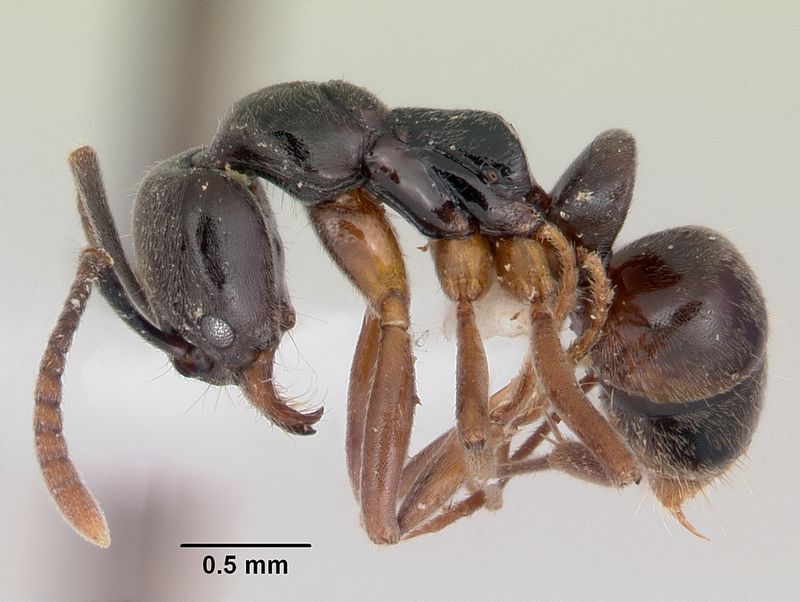
At first glance, these invaders resemble common black ants. A closer inspection reveals their distinctive features: shiny bodies measuring 4-5mm long with reddish-brown legs and a visible stinger at the abdomen tip.
Their thorax lacks spines common in other ant species, and they move deliberately rather than scurrying. Professional entomologists often use magnification to confirm identification through the presence of translucent petiole segments connecting their body sections.
9. They Pose Risks To Pets And Wildlife Too
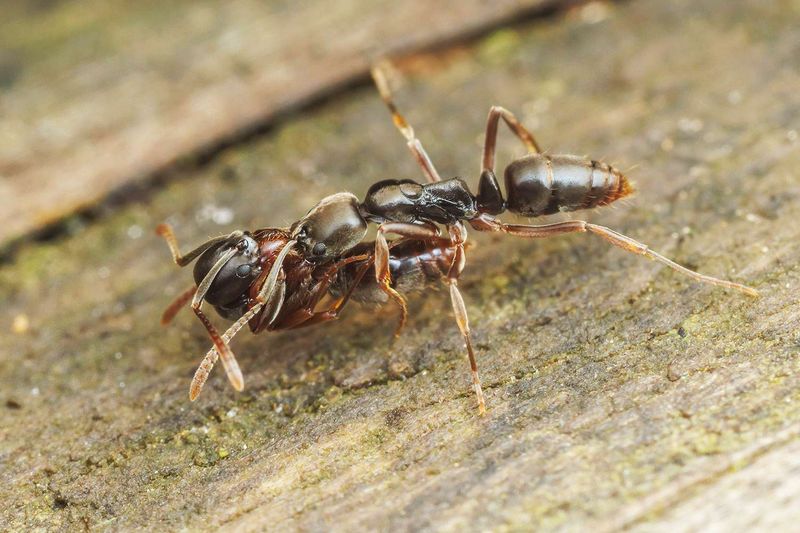
Curious pets often discover needle ant colonies the hard way. Dogs digging in yards or cats investigating garden spaces may disturb nests, resulting in multiple painful stings. Small animals face greater danger due to their size—multiple stings can cause severe reactions even without allergies.
Wildlife rehabilitation centers report increasing cases of young birds, small mammals, and reptiles suffering from needle ant encounters, sometimes with fatal outcomes.
10. They Spread Quietly Through Human Activity
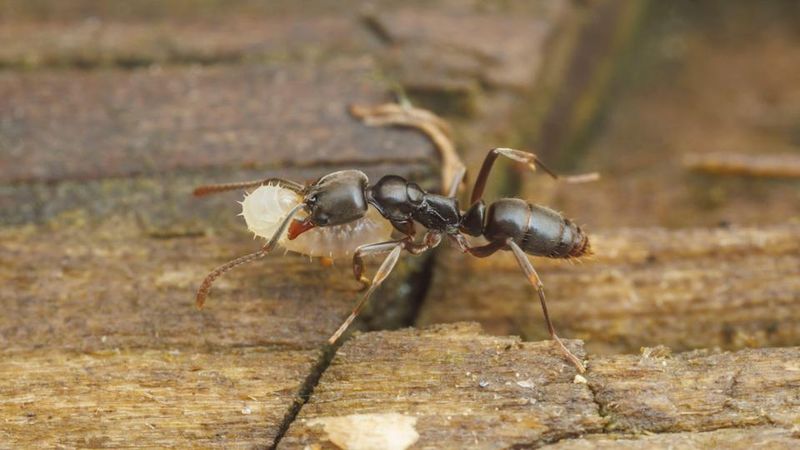
Unwitting gardeners often become transportation services for these invasive insects. Potted plants from nurseries, landscaping materials, and even firewood frequently harbor hidden needle ant colonies that establish new territories once brought home.
Commercial shipping of agricultural products between states has accelerated their spread. A single queen with a few workers can establish an entirely new colony, making containment particularly challenging for pest management professionals and environmental agencies.
11. Chemical Control Can Be Tricky
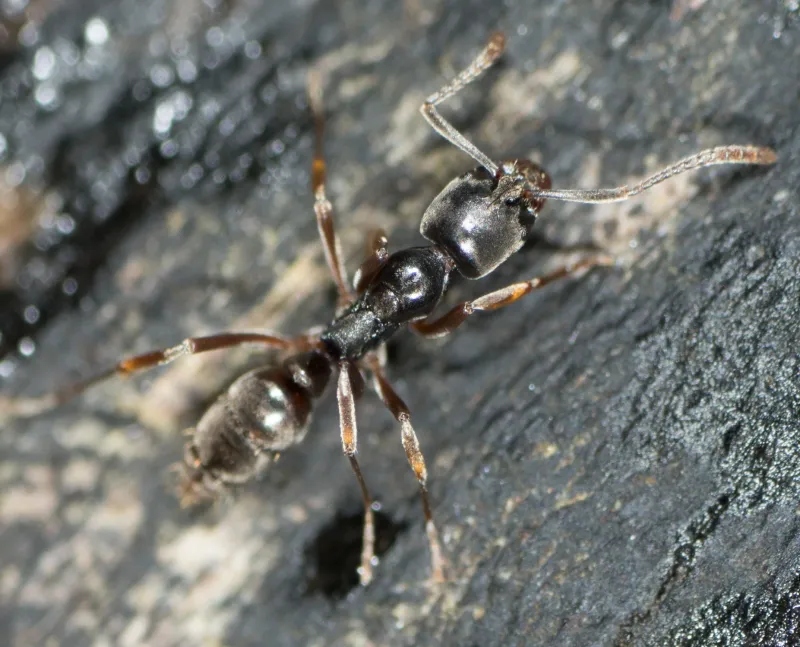
Frustratingly for homeowners, these invaders rarely take the bait—literally. Traditional ant baits designed for common household species prove ineffective because needle ants prefer hunting live prey over sweet or protein-based commercial baits.
Their nesting habits in natural materials like rotting wood further complicate treatment efforts. Professional pest control often requires specialized formulations and application methods targeting their unique behavior patterns, making do-it-yourself control methods generally unsuccessful.
12. They’re Still Expanding Their Range
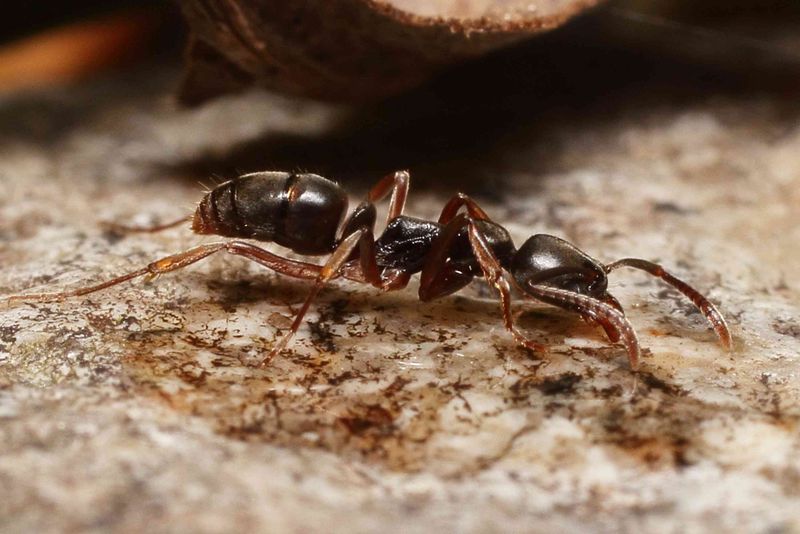
Climate modeling suggests these invaders could eventually inhabit most of the continental United States. Their remarkable adaptability to different environments makes them particularly successful colonizers of new territories.
Recent discoveries in previously unaffected northern states raise concerns about their cold tolerance. Entomologists predict continued expansion into the Midwest and Northeast as warming trends create increasingly favorable conditions for these heat-loving yet surprisingly cold-tolerant insects.



